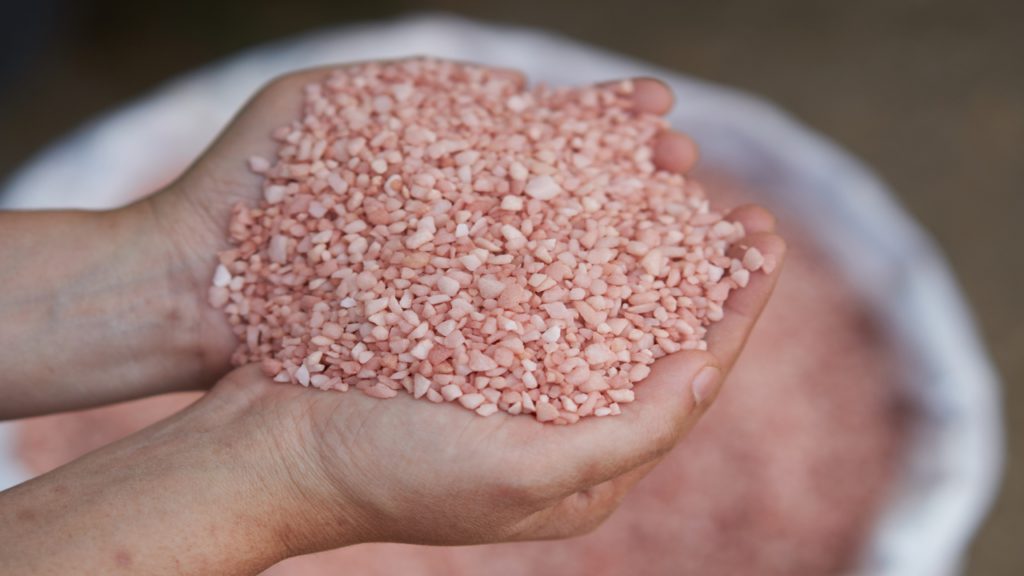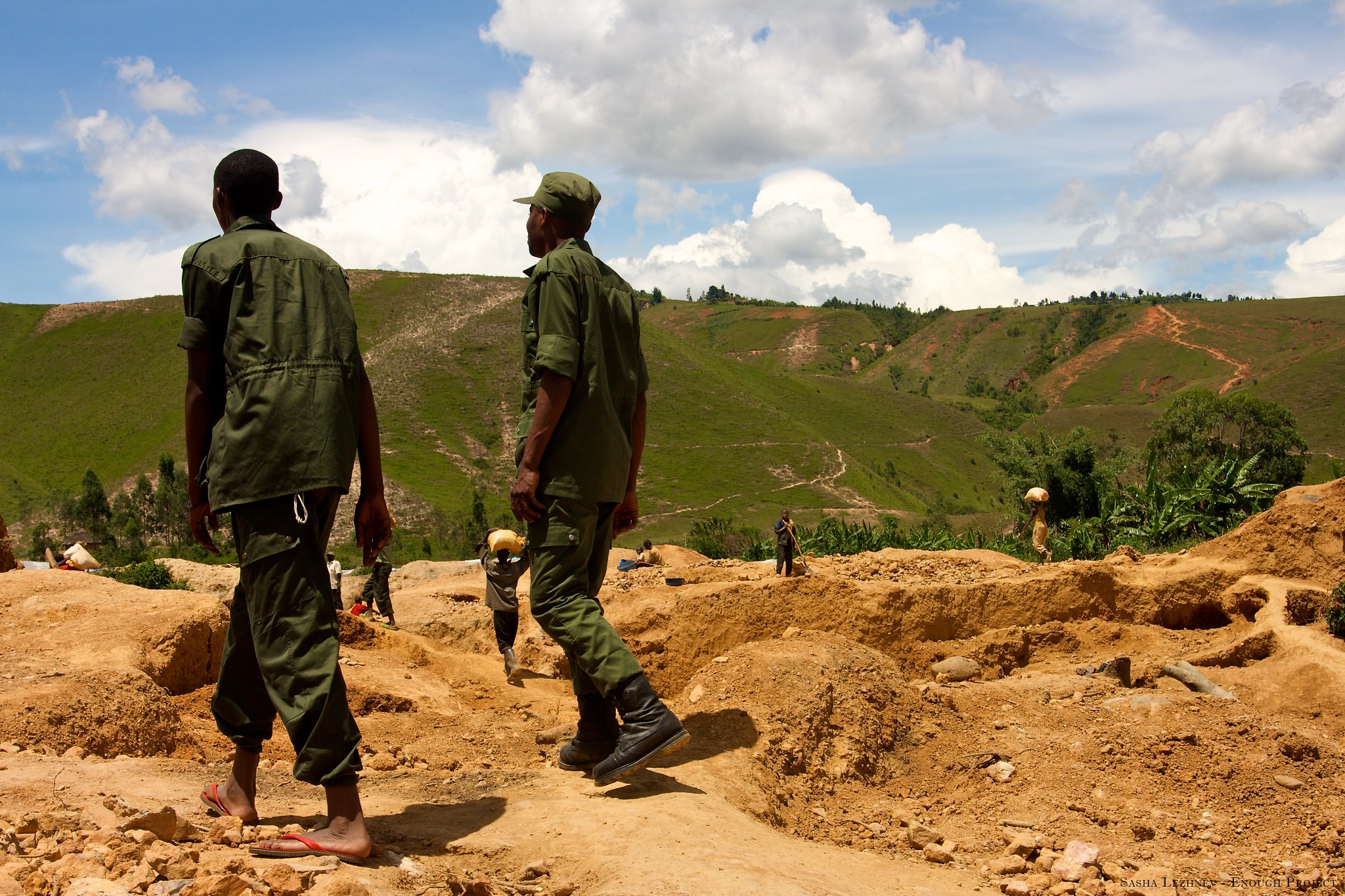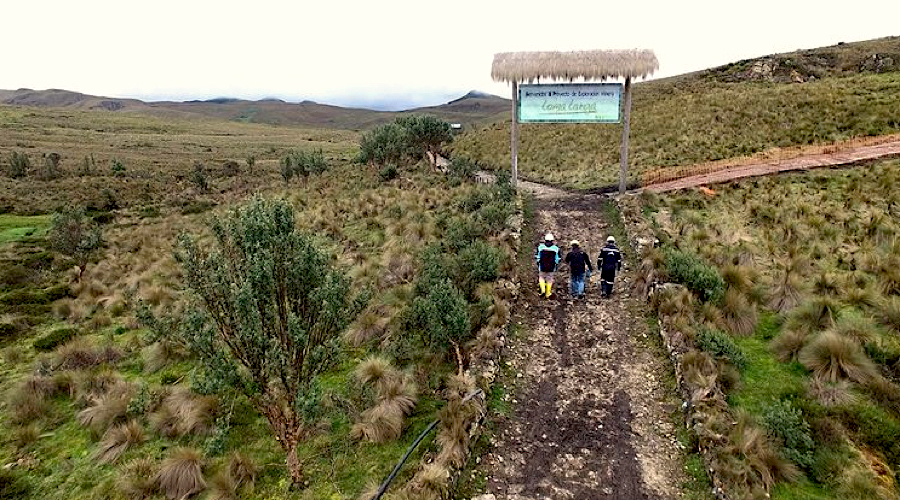Brazil’s path to potash production in the Amazon

Brazil has been called the breadbasket of the world because of its rich soil, a climate that supports farming year round — and for being one of the largest net exporters of agricultural goods.
As Earth Day approaches, the world is seeing food security issues compounded by Russia’s invasion of Ukraine. Russia and neighbouring Belarus are the world’s second-and third-largest producers of potash, a key fertilizer used to grow crops.
Potash is a vital commodity in Brazil, and there are several potential projects in a 400-km belt south of the Amazon which the government hopes will end its almost complete reliance on imports of the material.
When the war started, potash prices quadrupled to the $1,200 per tonne level and over 40% of the global potash market was impacted.
Toronto-based miner Brazil Potash is working to keep its $2.5 billion Autazes potash project on schedule, as it plans to extract the fertilizer ingredient from beneath the Amazon rainforest.
The majority of potash used in Brazil comes from mines in Canada, the world’s number one producer, and Russia. Russia and Belarus jointly account for about 41% of global potash exports – but disruptions spurred importer countries to find other suppliers.
Brazil Potash CEO Matt Simpson said the plan is to sell predominantly domestically in Brazil as an essential commodity. “Belarus is still operating, but they’re only producing about 40% of what they historically produced, and in 2021 with the US putting sanctions on Belarus and that caused prices to double,” Simpson told MINING.com. “And then when Putin invaded Ukraine in 2022, they doubled yet again.”
The proposed mine and processing facilities in Autazes, 75 miles southeast of the Amazonas state capital Manaus, would supply 2.4 million tons annually over 15 to 17 years.
The Autazes project has faced its share of challenges. The company pushed its estimate for coming online back to mid-2025 due to delays in consultations with Indigenous groups, and projects initial output from Autazes would be sufficient to supply about 20% of Brazil’s potash needs.
Court-supervised talks are ongoing with the Mura Indigenous people, who have the right to be consulted under an International Labor Organization convention.
The only other big new potash project in construction right now is BHP’s Jansen mine in Saskatchewan, Canada, which is projected to produce about four and a half million tons.
The world’s biggest miner expects potash demand to increase by 15 million tonnes to roughly 105 million tonnes by 2040, or 1.5% to 3% a year, along with the global population and pressure to improve farming yields given limited land supply.
“If we look over the next eight years, we’ve got roughly 15 million tons of growth in the market and we need to ask where are those tons going to come from,” Simpson pointed out.
The biggest update on the Autazes project since the start of the year is that Brazil’s government changed out at the end of January, and with president Lula back in office, a new vice president, ministers from different departments representing the boards and CEOs of the government owned companies like Petrobras, all bodes well, Simpson believes.
“Pretty massive change in the country and despite that only occurring [a few] months ago, we’ve managed to have at least three publicly recorded conversations with the new vice president where he talks about the importance of Brazil not being reliant on international suppliers of essential commodities including potash and more specifically his support for our project to get implemented,” Simpson said.
The next step is the installation license, which would allow the company to start construction. This year, Brazil Potash signed a binding offtake agreement with AMOJI, one of the biggest soybean farmers in the world.
“We’ve now completed 76 of the 78 items that are required items —77 is our Indigenous component study,” Simpson said. The study was submitted that to Funai, the government Indigenous agency in the November of 2022.
“We then submit to the Environmental Protection Agency and we then should be fully permitted to start construction some point mid this year, Simpson said.
(With files from Reuters)
{{ commodity.name }}
{{ post.title }}
{{ post.date }}



Comments